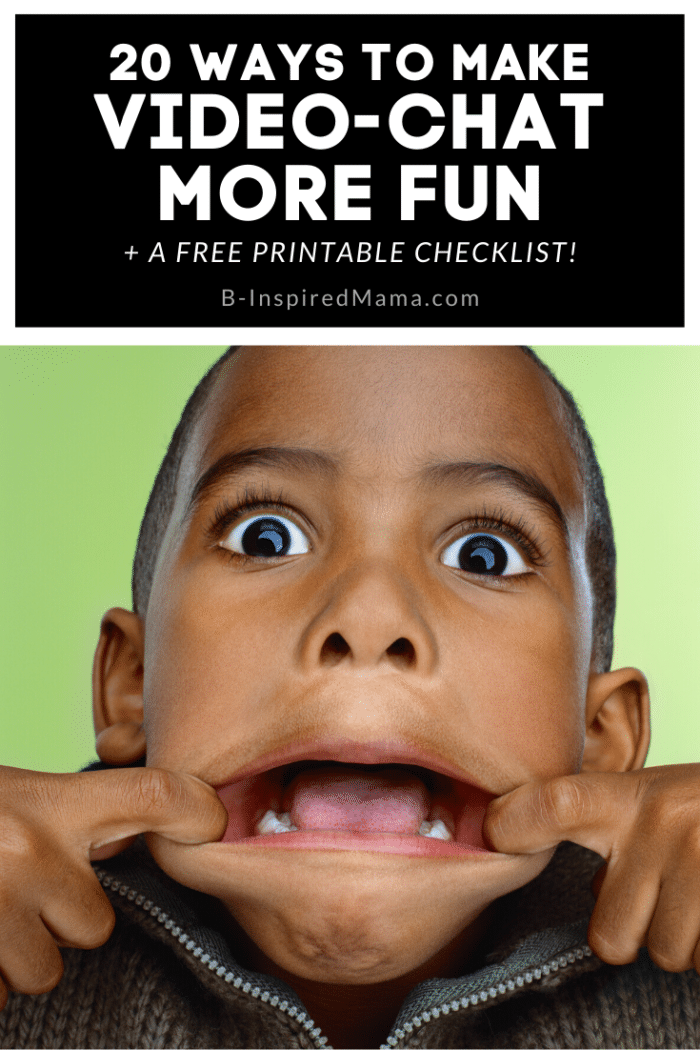

At least, that’s what the research says! :-) 3. So lots of opportunities to make a difference in the market. See below a quick snapshot of their main characteristics. The only social apps that are still functional in the market and take kids behaviour and characteristics into account in design decisions are Maily and Facebook Messenger Kids. However, there is no particular design attention given to kids below 13 years old. The majority of social adult apps allow 13+ year old to create an account and use the app’s functionalities. Currently there are almost no social apps specifically designed for kids. The research on the ‘kids mode’ feature helped identifying a big gap in the market.


If you also (like me) stopped reading after step 3 (thinking this is way too complicated!), here’s a short list with the user pains the Skype feature ‘My Family’ presents:
CREATE SKYPE ACCOUNT FOR CHILDE HOW TO
Here is, step by step (oh! and so many steps), how to add a member to the family group: Block inappropriate apps, games and media.Further, only kids above 13 years old can be added to the Family group, and parents have certain functionalities to control their access to Skype, such as: More than that, Skype also has the feature ‘My Family’ which creates a central location for everyone to send a quick message or jump on a group video call. Skype also offers a paid subscription tier that lets users do even more, like send SMS messages and make audio calls to any phone, locally or internationally. As long as you have an internet connection, you can use Skype to chat with one or more people face-to-face. With Skype, you can send instant messages and share files with friends, family, coworkers, and anyone else you’d like to converse with, no matter where you are in the world.
CREATE SKYPE ACCOUNT FOR CHILDE FREE
Skype is a desktop application, browser app, and a mobile app owned by Microsoft, that uses the internet to make free or low-cost calls, chats and video calls to numbers worldwide. Further, I had to enhance the usability of the app, design for different scenarios and identify design opportunities based on user insights. ) Designer’s Roleĭuring the project, my role was to analyse the already existing visual design identity, respect navigation patterns and fit the new feature - kids mode - into the product - Skype. So bear with me, I’m just getting started. This value is brought through different functionalities and visual decisions that will be explained thoroughly in the next paragraphs. Hence, focusing on a certain age group - in this case 3 to 5 years old - makes the challenge approachable (and a lot more fun!).īy creating the Skype for Kids feature for the group of 3 to 5 years old, my aim is to bring overseas relatives closer, and involve them in the kids’ development. This means that for kids up to 13 years old, the design will differ quite radically per age group. Designing for kids can be a tedious experience, since their fast development stages present designers with different challenges that need to be reflected in the design decisions. The feature adoption focuses on 3 to 5 years old kids that need a way to stay digitally connected to their overseas relatives. The resulting high-fidelity prototype of the native app reflects the best path forward based on my research, iteration and testing. The project focused on incorporating a ‘Kids Mode’ feature into Skype- an already existing and highly adopted app. This was exactly our challenge in the ‘Add a New Feature’ project at Ironhack, Amsterdam Campus. As a new designer joining a team, one might often have to rapidly come up to speed with the existing products and users, and quickly iterate solutions under tight timelines.


 0 kommentar(er)
0 kommentar(er)
